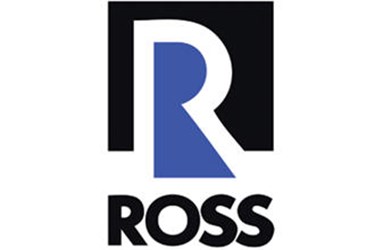How A Process Control System Can Help Increase Profits
By Christine Banaszek

By Christine Banaszek
Creating an efficient mixing or blending system is a balancing act. Throughput must be balanced against batch size, agitator sizes, motor sizes, shear and tip speeds, viscosity, the thermal capacity of your product, energy costs, labor costs…and a many other variables. With the wide range of equipment choices and competitive pressure to optimize performance, the mixing process itself has never been more complex. But in most cases today, the most challenging balancing act of all is still the specification of your process control equipment.
The control system must balance your need for accuracy, consistency, flexibility and reliability against your need to control costs. The control system is therefore much more than the interface between the operator and the machine; it’s a direct interface between your process system and profitability! If the control equipment right your production line will run smoothly. Under-specify − or over-specify − the control system, and you’re in for additional costs and production delays.
In the past, the control system was often little more than an after-thought assigned to a local contractor (who knew little about the process he was trying to control) and an overworked in-house engineer. Those days ended with the realization that current control systems are far more than an ON/OFF switch.
Get unlimited access to:
Enter your credentials below to log in. Not yet a member of Food Online? Subscribe today.
